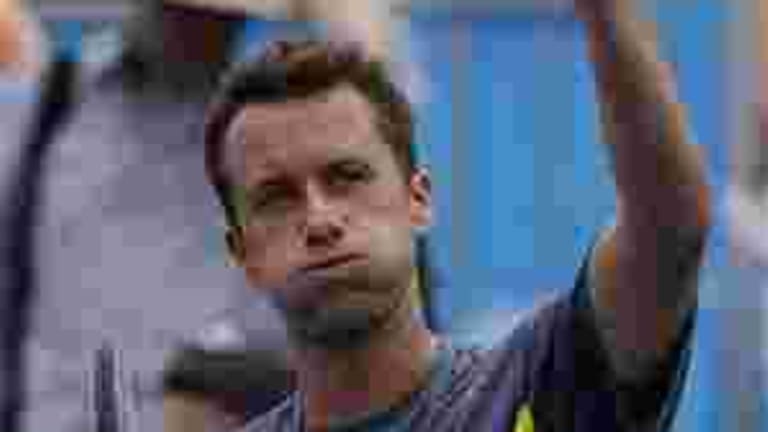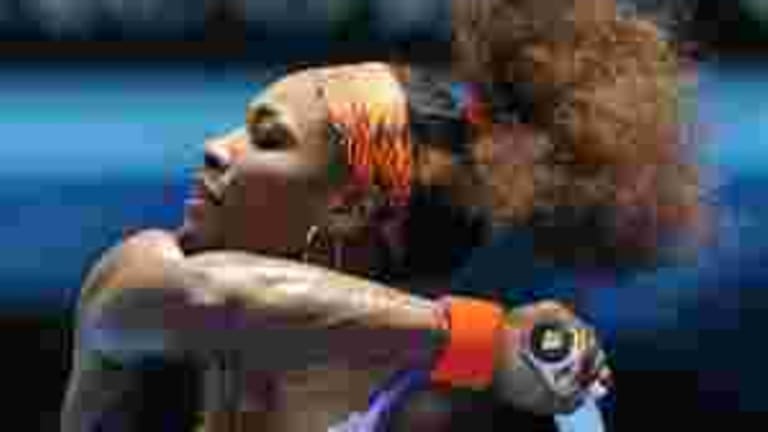MELBOURNE—As predicted, it was a stifling Thursday here. For most of the afternoon, the temperature was north of 100 degrees. The grounds were mostly deserted, the seats on the side courts emptier than normal. Between points, whenever they could, the players in Rod Laver Arena snuck into the shade at the back of the court. Early leads were even more critical than normal—at one stage, those who won their first sets were 17-1 in their matches. At times it appeared that Bernard Tomic and Daniel Brands had made a pact to conserve energy, get each other into tiebreakers, and see what happened from there.
I was in and out of the heat and sun. It wasn’t pleasant, but it wasn’t deadly, either—it wasn’t quite humid enough for that. Here’s a look at a few of the less-heralded events that went on around the courts and in the press room on Thursday.

